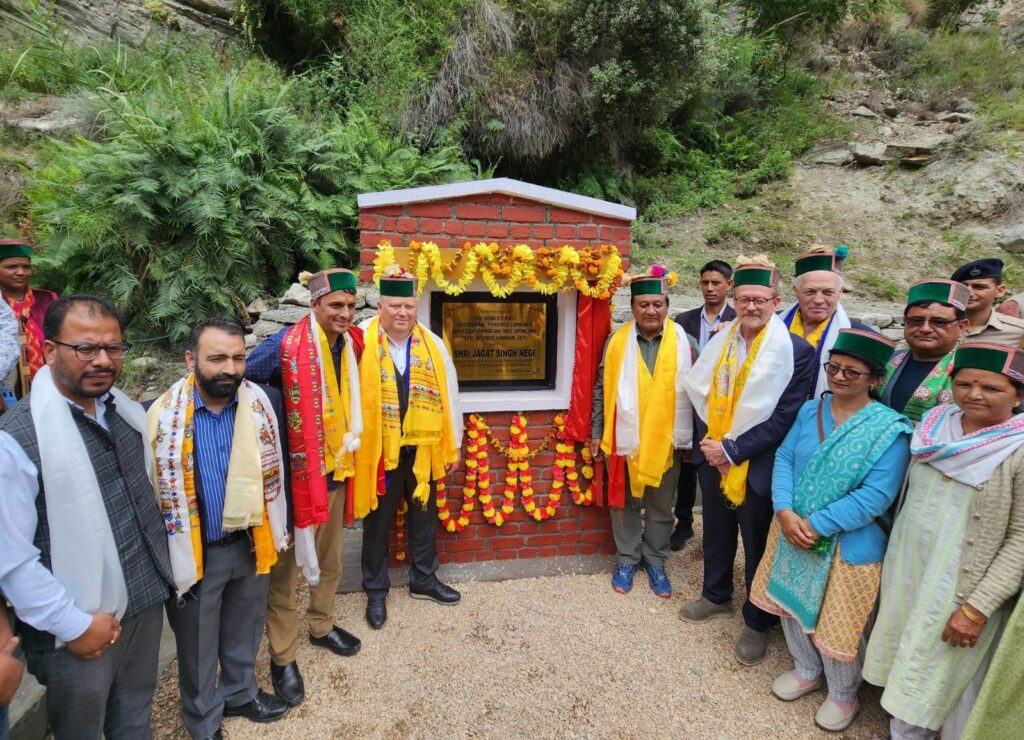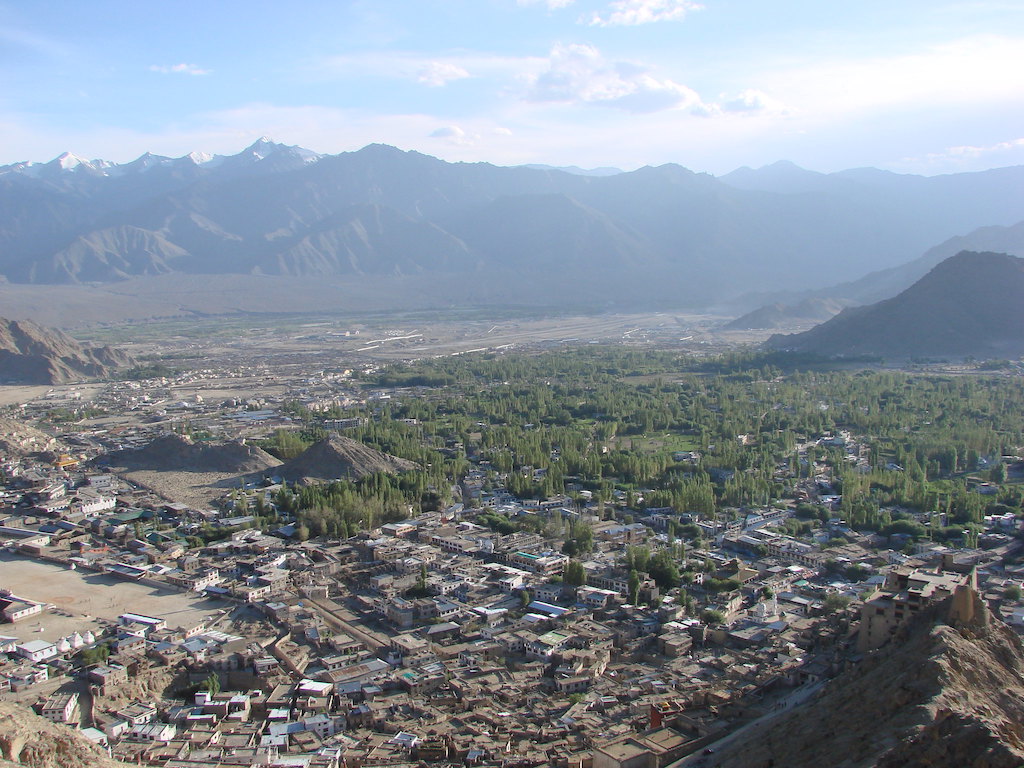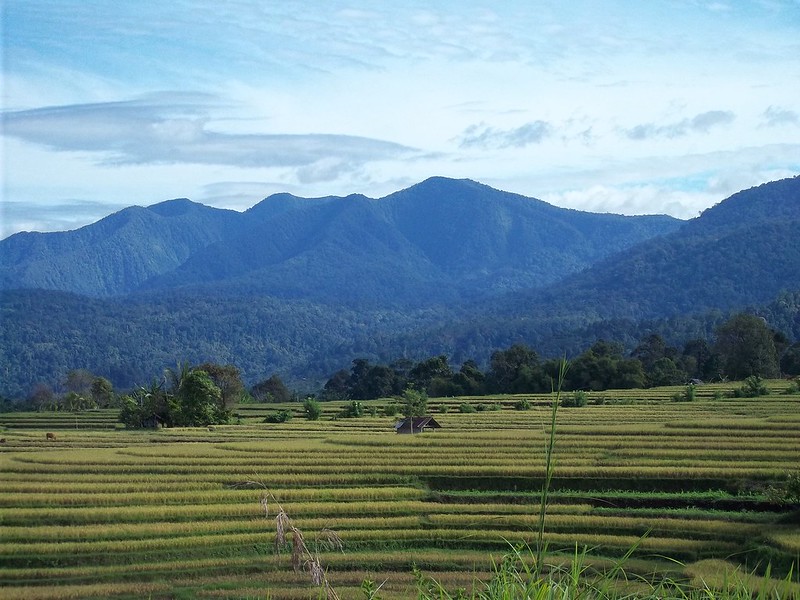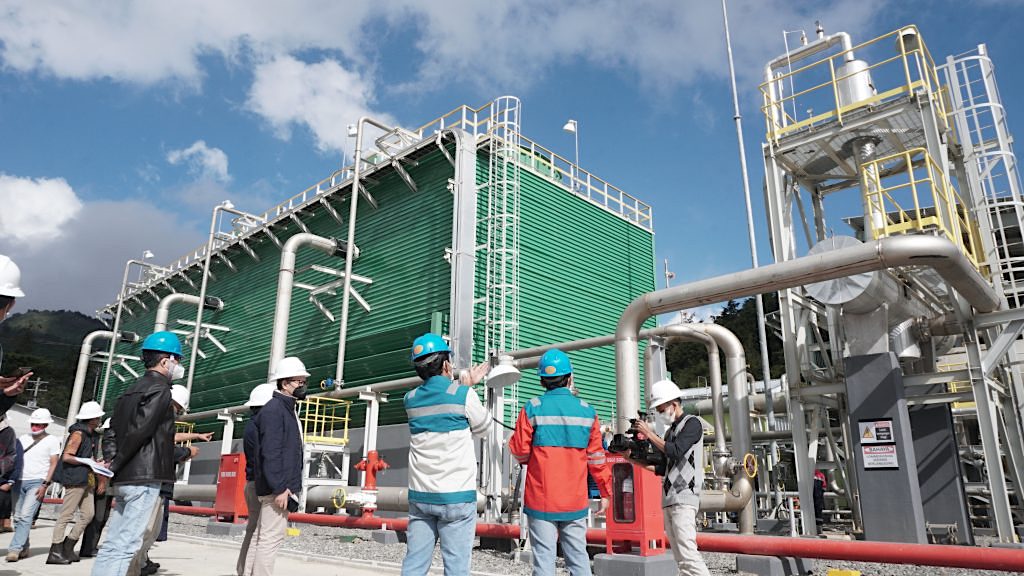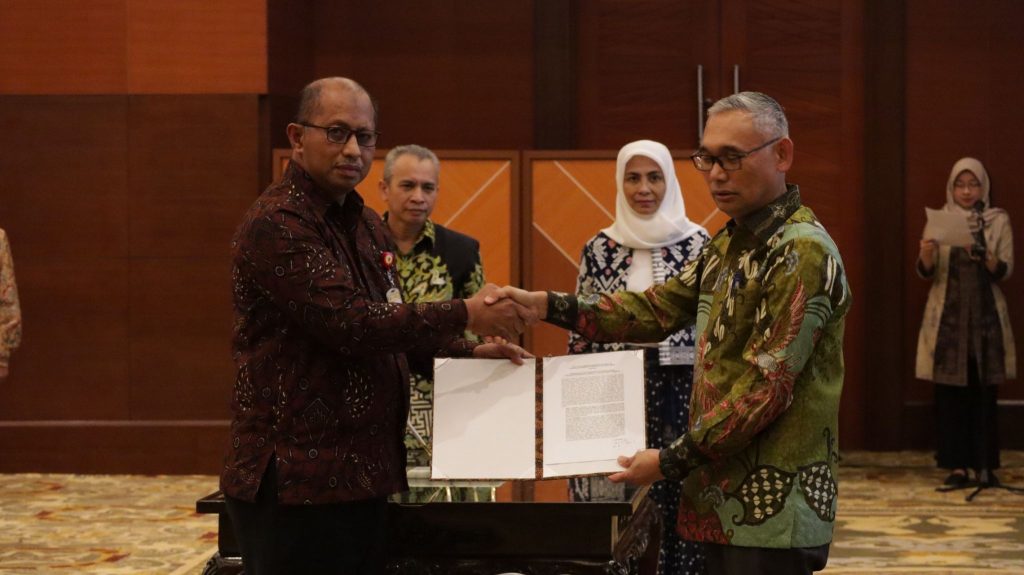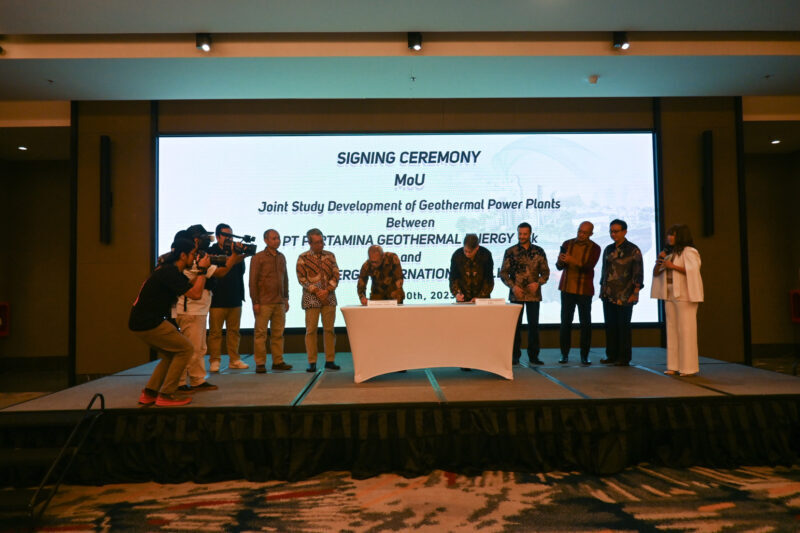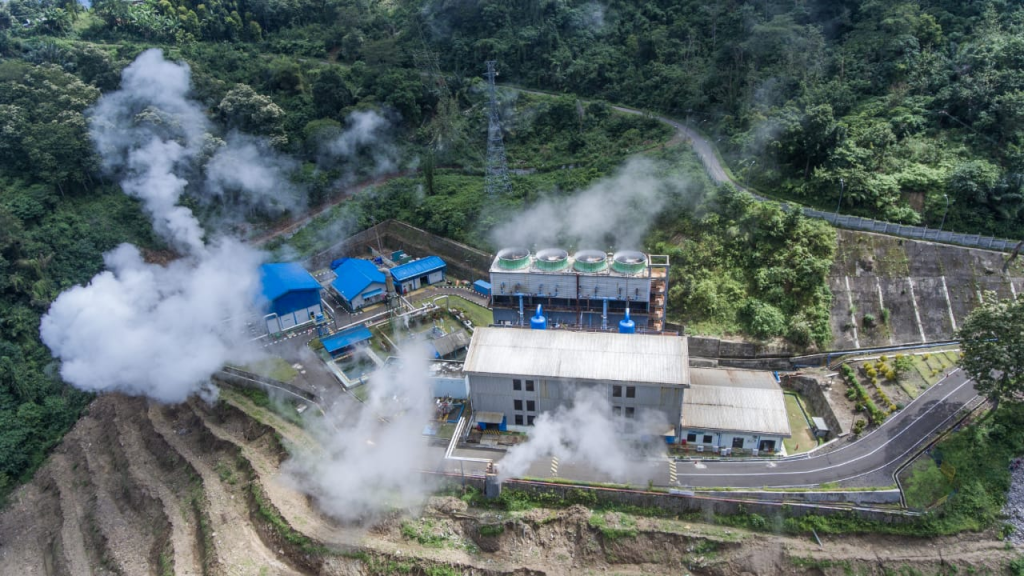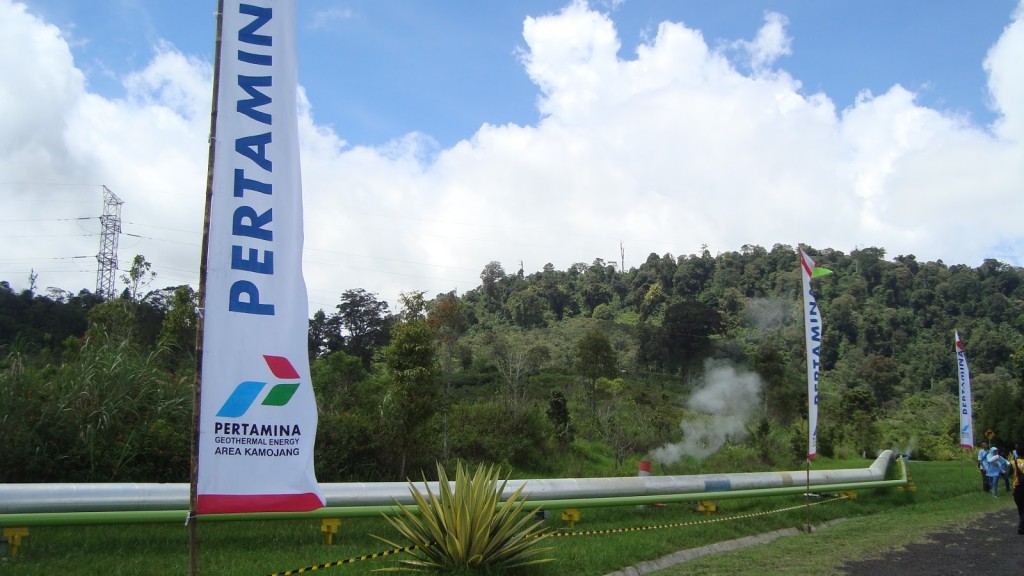Geothermal energy has great potential to contribute to the heat transition and to remove the Netherlands from [the demand for] natural gas, but there are also obstacles to be overcome. This is the thesis by Melanie Provoost, strategic advisor policy affairs at Stichting Platform Geothermie in the Netherlands made in an article for a Sustainable Heating Fair in the Netherlands.
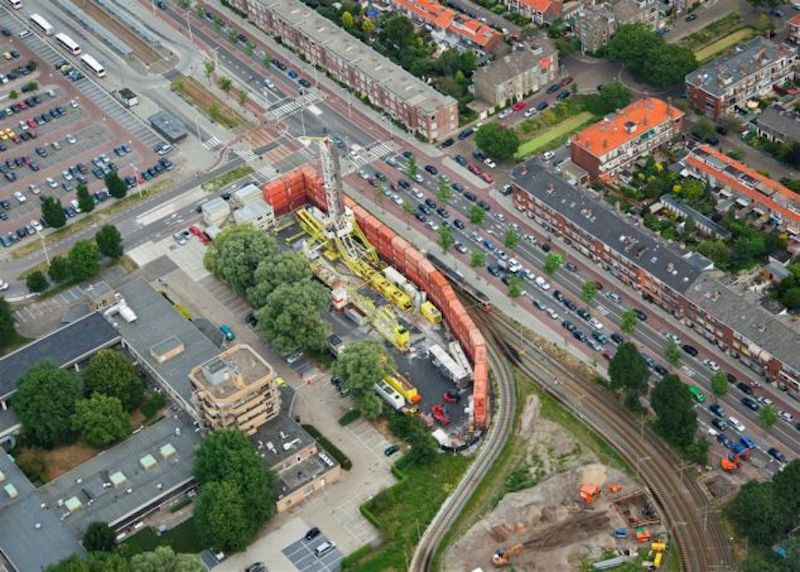
Stichting Platform Geothermie was founded 18 years ago to promote the application of geothermal energy. This was done by the Netherlands Enterprise Agency (RVO), which was then called Novem. ‘It is a foundation with various participants, including operators, suppliers, municipalities, provinces, financial institutions and research and consultancy firms. One of the most important tasks is knowledge transfer and information about geothermal energy to professionals and the public, ‘says Melanie Provoost. She would give a presentation at the Sustainable Heated trade fair on March 17, but this will not happen until September because the fair has been postponed due to the corona virus.
Geothermal
Geothermal energy is heat from strata from 500 meters and deeper, says Provoost. “Most of the projects extract heat from the layers between two and three kilometers deep. Geothermal energy uses the available warm water in the deep subsurface. The hot water comes up through a production well with the aid of pumps and passes through a heat exchanger, which heats the cold water from the above-ground heating pipes. The cooled water goes through an injection well back into the earth layer (reservoir) where it came from. Both wells together are called a doublet. It is a closed system, in which we extract the heat and return the water to the earth. ”
According to Provoost, geothermal energy has the advantage that it can always provide the same amount of heat. In order to make a geothermal project profitable, a continuous demand for heat is required. “That is why the first projects were developed in greenhouse horticulture: gardeners need heat all year round to grow their crops.”
Geothermal energy in the Netherlands
There are currently 24 doublets in the Netherlands and they produced 5.6 PJ in 2019. The majority of the projects are in greenhouse horticulture and in the provinces of South Holland and North Holland. Of the 24 doublets in the Netherlands, 20 are in production. “We see an increase in developments of geothermal energy projects in the built environment and industry. It is important in this respect that the policy for this is more in line with suitable stimulation options and that heat networks become available.”
One of the challenges, according to Provoost, is in organizing the heat demand. “We see in the development of geothermal projects in the built environment that organizing the heat demand is complex, because houses mainly require heat in the cold months. That is why continuous customers, such as offices, hospitals or swimming pools, require heat all year round. In addition, installing the heat network or adapting the existing heat network is crucial.”
Sustainable source
Geothermal energy is a sustainable energy source with great potential, says Provoost. “It is important that geothermal energy ensures that less natural gas is used in the built environment. That means savings on natural gas and CO2: in 2019, geothermal energy in the Netherlands saved 168 million cubic meters of natural gas and 300,000 tons of CO2. However, large-scale utilization of geothermal energy has yet to start.
Alternative to natural gas
“We see geothermal energy emerging in the built environment as an alternative to natural gas,” says Provoost. “We have to take into account the integration of geothermal energy into the environment and integration into the heat network. In doing so, attention is given to points of attention such as leaks to groundwater and possible seismic activities such as vibrations and earthquakes. The latter rarely happens, but a project in Limburg has been on hold for some time due to potential seismic risks. Legislation and regulations, as well as enforcement, strictly ensure that geothermal energy is carried out safely and responsibly.”
Another point of attention, according to Provoost, is obtaining a subsidy and the long development time. “The average turnaround time for a geothermal project is five years, which you have to take into account in the planning. A subsidy category has now also been added for geothermal energy in the built environment. At the same time, we still have concerns about the future progress of geothermal projects under the current conditions of the SDE ++ scheme. We hope this will improve in the near future in favour of geothermal energy.”
